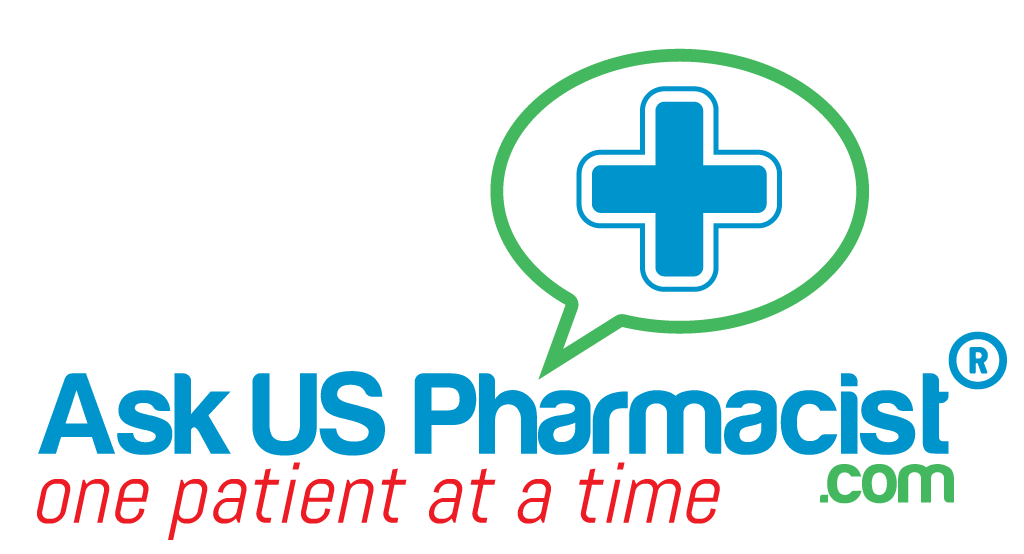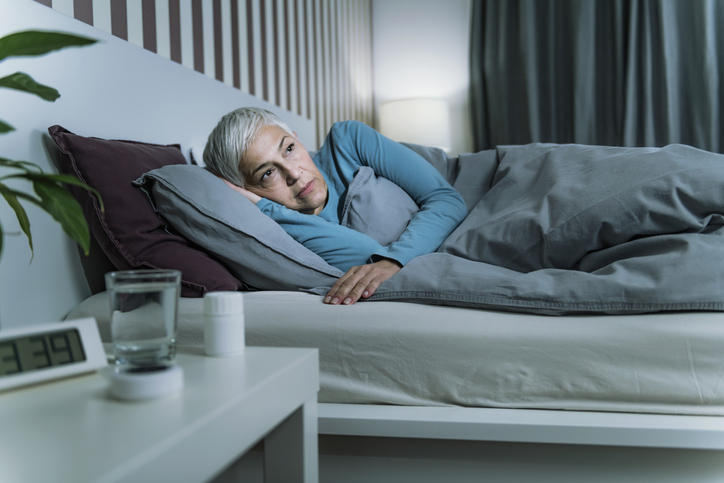It seems that every day we have another body part that hurts. Beyond the frustration of the pain itself is the realization that the pain is simply a tell-tale sign that we’re getting older. Joint pain accounts for the majority of complaints in elderly patients. According to Bratburg et al, 75% of adults 75 years and older complain of mild-to-severe pain over 12 months, and virtually all of the patients over 55 who chat with our online pharmacists FOR FREE report having regular pain symptoms, even when pain isn’t their primary purpose for reaching out to us.
Along with joint and other arthritic pains, common complaints in the older population include lower back pain, pain from prior injuries, and painful neuropathies. You could go to the doctor for pain medications or try one of the numerous over-the-counter and non-prescription options available at the local drugstore, but you already take too many pills and don't want to add more. So, now that you've tried Tylenol, Motrin, the pain creams and rubs, and all the heat and cold packs they have in the pain aisle… you are still in pain, or, as countless lament to us every day, you’re struggling with frustrating side effects.
The good news that you won’t hear from most pharmacies whose primary goal is to sell you medications is that non-pharmacological treatments can be quite effective, and you should consider trying them before resorting to hardcore pain medications and narcotics.
Here they are:
- Exercise. To some, exercising sounds entirely counter-intuitive, because how can you exercise when you're in pain? The truth is, exercise and physical activity can make you feel better by decreasing stiffness in joints that can cause pain. Exercise and physical activity help with mobility and range of motion that sometimes becomes difficult with diseases like arthritis and nerve pain. Activities like walking, swimming, or even yoga could do a world of good for your joints. These can help strengthen your muscles and reduce inflammation, thereby reducing your pain sensitivity.
- Psychological intervention. Methods such as meditation, breathing exercises, and hypnosis are commonly overlooked as pain-relief options, but they have been shown to be helpful. These methods allow you to control your response and reaction to pain and tell your body that it has control over the pain, which can in turn lessen chronic pain and muscle tension. One technique that has worked with many of our online patients is biofeedback, which allows you to turn your body’s response to pain into things that you can actually see.
- Stimulation therapy. Acupuncture, acupressure, and transcutaneous electrical nerve stimulation (TENS) therapy are also great ways to alleviate pain. Acupuncture and acupressure release chemicals in your body called endorphins through pressure that helps to eliminate pain. Acupuncture utilizes needles, whereas acupressure is noninvasive, which is great for folks afraid of needles. TENS therapy works by utilizing a low-voltage electric current to treat your pain by either blocking it completely or by changing the way your body deals with pain.
- Physical and occupational therapy. These methods are more commonly recommended by healthcare providers, as they are more likely to be covered by your insurance like Medicaid and Medicare. Physical therapy teaches you the exercises that increase your strength and mobility, while occupational therapy will re-teach you to perform daily activities in a way that won’t be as painful.
Don’t let your life be dictated by pain medications! Chat with us today for Free for more information on these and more methods and let our online pharmacists guide you on the best non-medication strategies you can take to relieve your pain symptoms.
1Chronic Pain and High-impact Chronic Pain Among U.S. Adults, 2019




.jpg)



